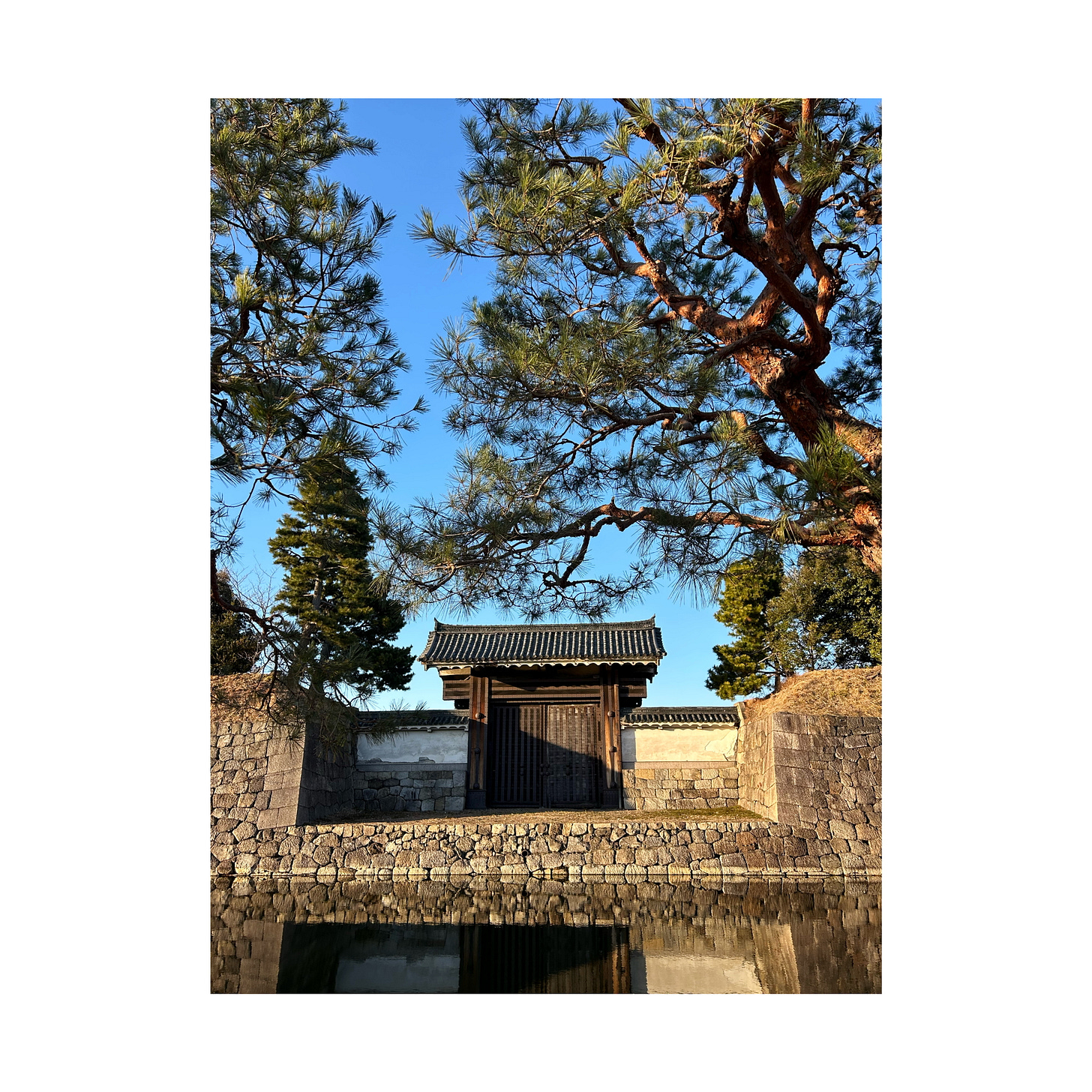There’s an essay that’s been swirling around in my head for over a year now. There’s a certain pattern I notice in the countries I most love to visit, a confluence of tradition and modernity, and in each of these countries there is a destination city that speaks to each. There’s Oaxaca and Mexico City in Mexico, Cusco and Lima in Peru, Chang Mai and Bangkok in Thailand, and in Japan there is Kyoto and Tokyo. One city preserving crafts and foodways and sacred sites, the other brimming with novelty and excitement.
What keeps me from putting this essay into writing, however, is that the more time I spend in these places, the more that divide falls apart. Kyoto, for our purposes, has a swelling brigade of younger artisans taking the city's distinct crafts, foods, and style and breathing fresh life into these practices, preserving and modernizing them at the same time. There’s a palpable undercurrent of history and tradition running through the entire city–these craftspeople and chefs are drawn here because of that and embellish upon it in their own ways.
I just visited Kyoto for the second time and enjoyed it thoroughly more than I did the first time. That’s maybe because it’s a bit slower in the winter, before hoards of tourists descend upon the city come spring, but I think the more prominent reason is that a return here allowed me a chance to not treat the city as a checklist of temples to visit and foods to try, but rather a chance to slow down and see what lies below the surface. All the sacred sites you’ve read about in Kyoto are spectacular–and certainly worth visiting–but these restaurants and teashops can serve as a great space to sit down, slow down, and see other sides to this complex and changing city.





